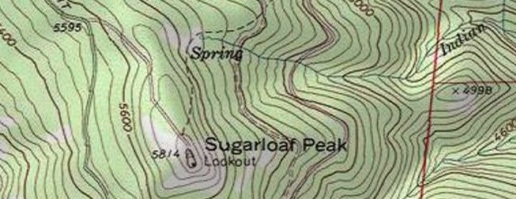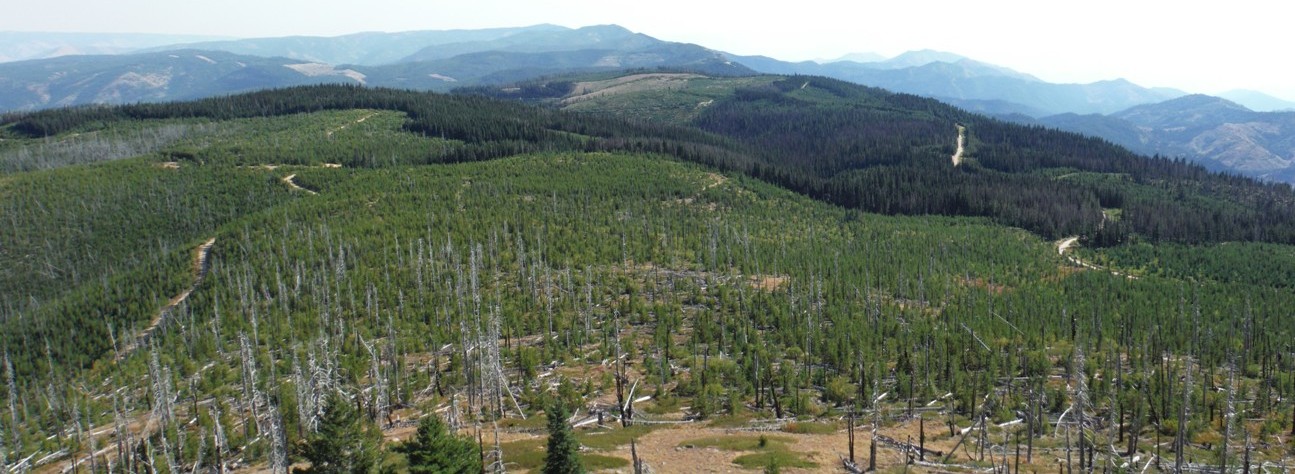
Sugarloaf was first established for fire detection in 1914 when a heliograph station was placed on the summit. This first station was just a camp. In 1924, the tall rock pillar on which the firefinder previously had been mounted was blasted away to make room for a D-6 cupola cabin. The cupola was replaced in 1949 with the present L-4 cab, which was moved from Lion Rock, where it had been built in 1932. To move it, the building was sawed into sections transported to Sugarloaf. The lookout was threatened by the Tyee fire in 1994, but only the outhouse burned. The lookout is on the National Historic Lookout Register, and is staffed every summer. Because it is still in use, it is one of the longest continuous use lookouts in Washington. During the 1940s, the lookout was so popular with visitors, that on weekends the Forest Service employees had to be dressed in uniform with necktie by 6 A.M.
Some great articles dug up by Ron Kemnow:
April 21, 1916: "There was received this week by the local office thirty-two miles of telephone wire which will be used in stringing a line to connect the Leavenworth office with Sugar Loaf peak lookout station on the Entiat range near the head of Chumstick creek, and Tip Top peak station three miles east of the Blewett mining camp." (The Leavenworth Echo)
July 23, 1920: "Ed Kassell is now in charge of the Sugar Loaf Lookout station on the Entiat range at the head of the Chumstick. Previous to this time no lookout has been stationed at this point." (The Leavenworth Echo)
October 26, 1923: "two tons of equipment are being carried by pack horses to the top of Sugar Loaf peak on the Entiat river for the purpose of constructing the new lookout house that has been contemplated for some time. The packing of the material necessitates a four-mile climb of about 3000 feet. It is hoped by rangers that the weather will permit construction of the building this fall. Although the road was extended for two miles up the Entiat river during the summer, all materials must be carried over the trail the rest of the way, which makes building difficult, says Supervisor A.H. Sylvester." (The Spokesman-Review)
December 1923: "Before the cold weather came on the material for the Sugarloaf Lookout House was packed up and the frame work completed enough to make a shelter for the rest of the material for the winter. The boards were packed up in full length. The method used was original as far as we know. Iron shoes were made for the boards to rest on. They were curved to prevent catching in dirt and rocks and bolts were fixed to keep the boards in place then tie boards were strapped onto the pack saddle and the shoes held the bottom of the boards and in this way the packing went along very nicely. If anyone is interested in this method of packing and has the same problem of getting material up to a difficult climb, we will be glad to go more into detail of how the shoes were made and how they were used." (Six Twenty-Six)
November 1929: "Frank Dennis spent the summer of 1928 alone on Alpine Lookout. When he returned this year to take up his duties on Sugarloaf he brought a bride along. What more appropriate place for a honeymoon! They made a splendid lookout. Nothing escaped. They were quick to see and prompt to report. Frank is by the way of being a painter. He did some fine work in oil on canvas during the summer. We will hear more of him on that count. Mrs. Dennis is a graduate domestic economist and a wonderful cook. Big Hat Charley and I know. We rode in out of a snow storm and enjoyed their hospitality. Both Mr. and Mrs. Dennis are graduates of Washington State College. They are hoping, and so are we, that they will return next year. There are about 15 chipmunks and 11 squirrels on Sugarloaf who also hope it. Here's a real human interest story for some smart reporter. A.H. Sylvester" (Six Twenty-Six)
June 1933: "A crew of 25 men are working on a road from Van Creek to the Sugarloaf Lookout. Herbert Mee is the foreman." (Six Twenty-Six) (These were CCC men from Camp Icicle, the home camp for the 931st Company.)
Several options exist but I drove up Eagle Creek Road off Highway 209 just north of Leavenworth. Drove Eagle to the end of pavement where there is a junction. Turn left on the Van Creek Road (NF7520). Follow this nice gravel road to the ridge top. At ridge top, left is to Sugarloaf Lookout, around 6 miles. This final road should be good if dry for most vehicles. The lookout spur road has a gate so you have to walk a short distance.
Elevation: 5,814 feet
Hiking Distance & Gain: Quarter mile, 100 feet
Prominence: 1,434 rise
Access: Good gravel road, last mile could get muddy after rains
Sugarloaf Peak Lookout
Washington Fire Lookouts
Access:


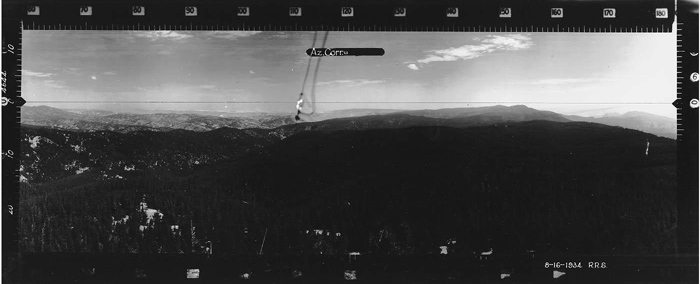

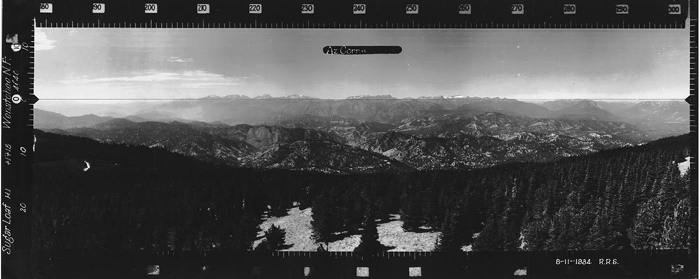
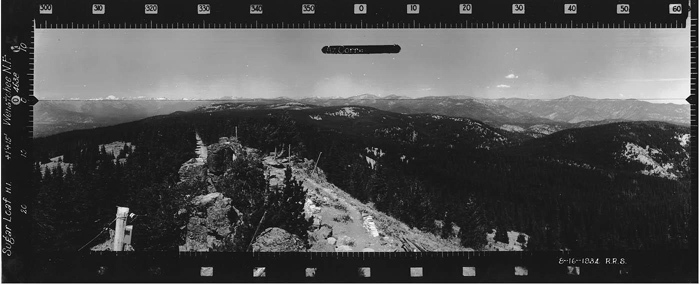


From the 1920 Directory of National Forests in Washington
March 20, 1914 Leavenworth Echo
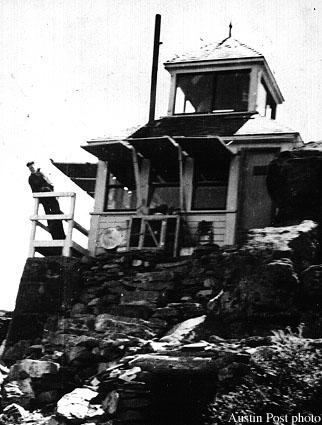
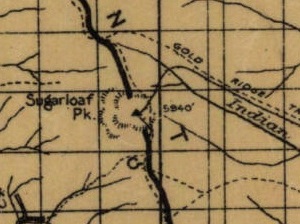
1918 National Forest map show triangles as lookouts
Looking North - August 1934
Looking North - 2017
Looking Southwest - August 1934
Looking Southwest - 2017
Looking Southeast - 1934
Looking Southeast - 2017
Looking East - 2017
1938
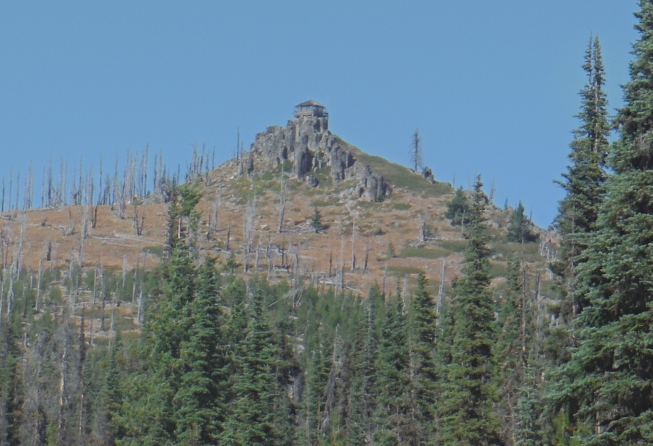
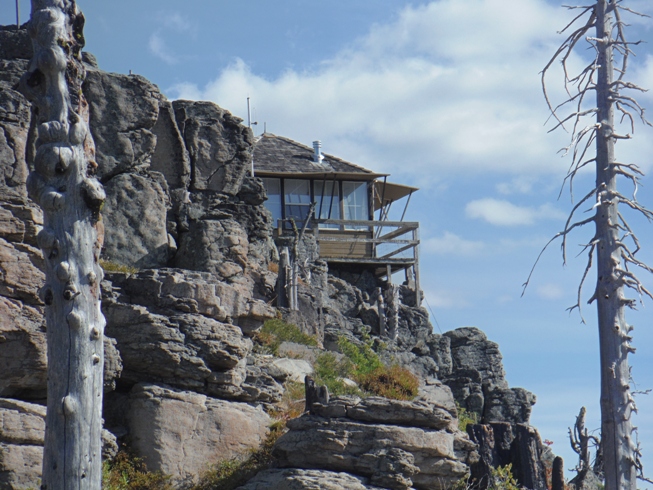
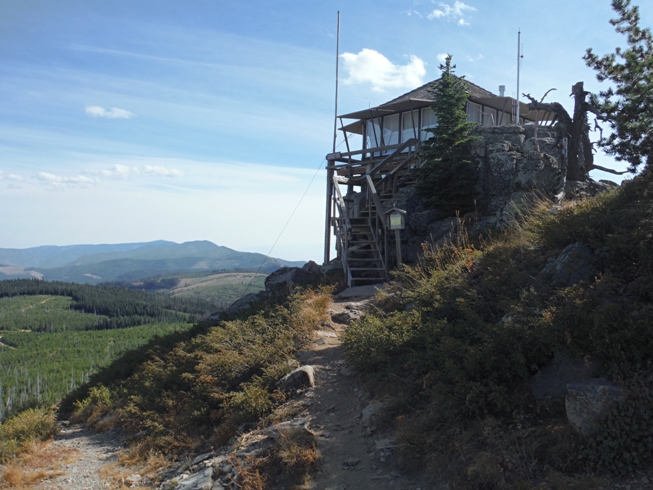
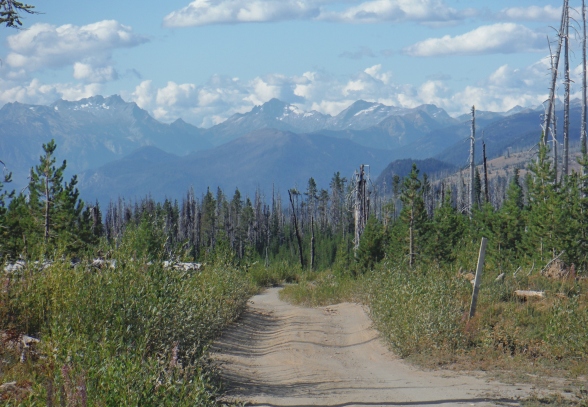
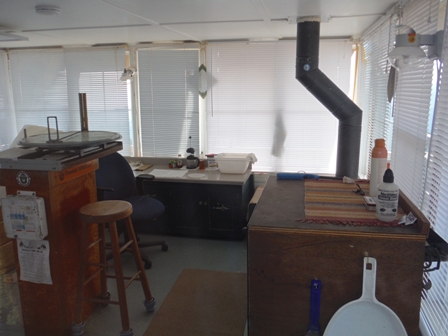
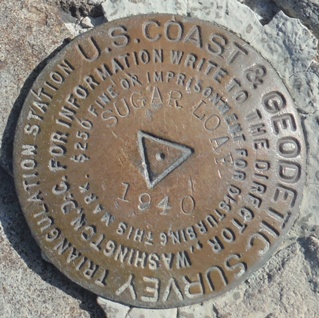
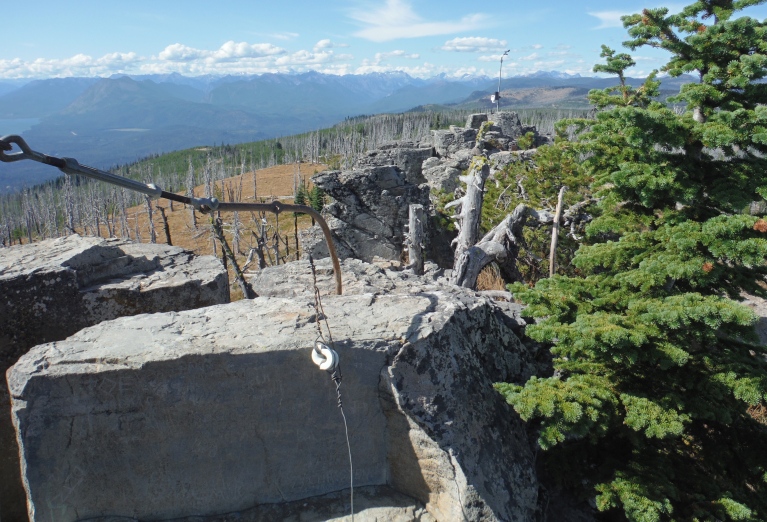
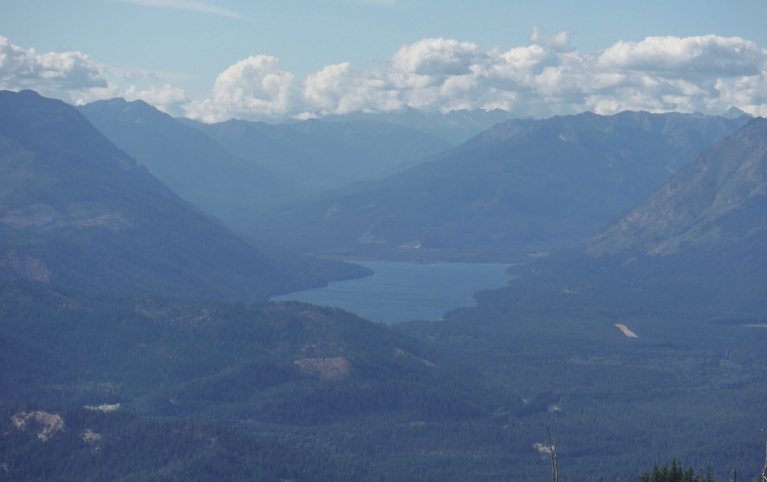
Lake Wenatchee
Sugarloaf Benchmark
Anchor, insulator and looking north
Looking inside
From the gate, looking to the Glacier Peak Wilderness - Buck, Fortress, Chiwawa, Red
Approaching from the south
Sugarloaf Peak lookout
